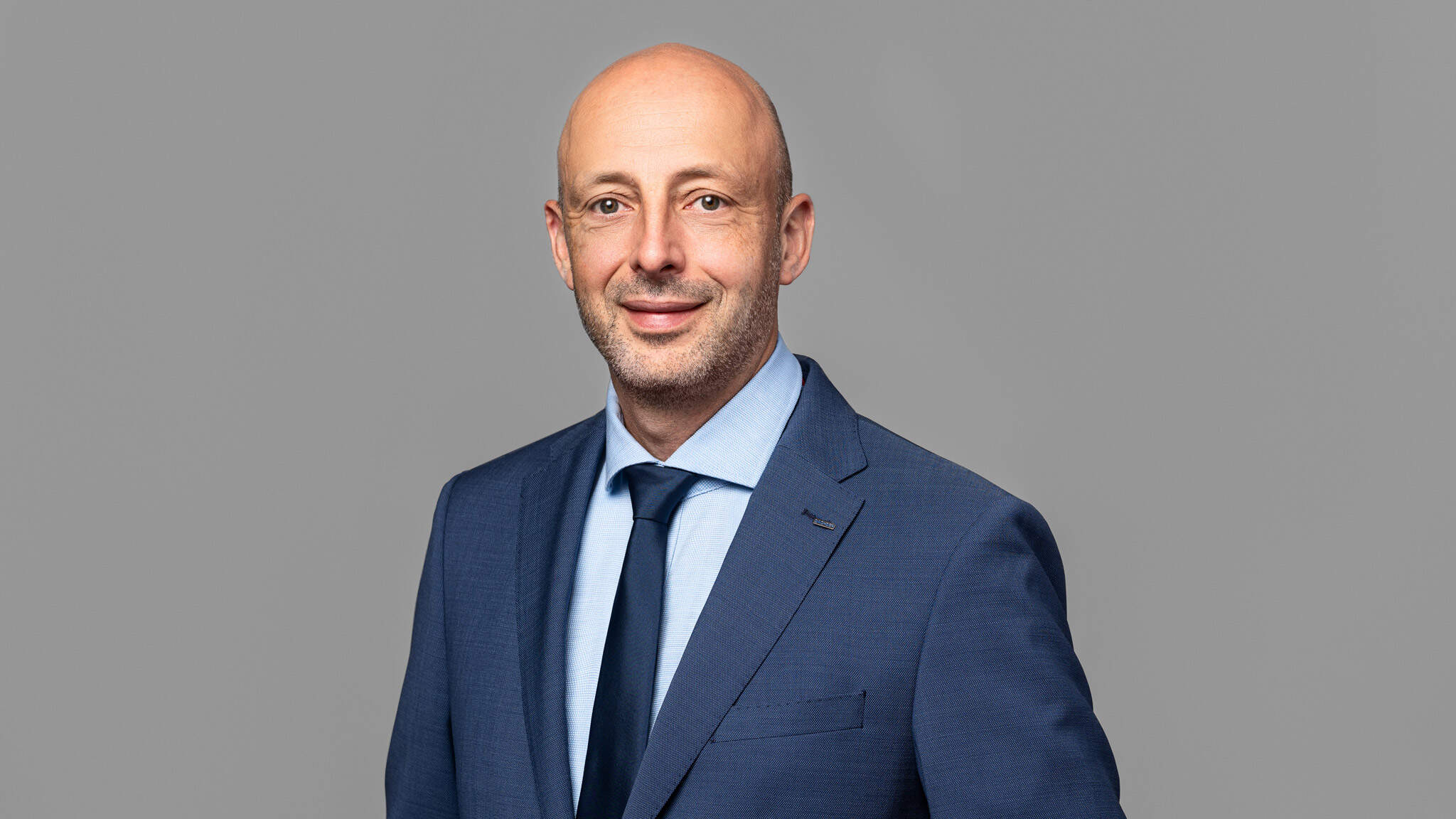“Hydrogen will make ranges of up to 1,000 kilometers possible in the future”

In the push to reduce greenhouse gas emissions over the coming years, alternatives to diesel are in demand, especially in the transport and logistics sector. In addition to battery electric vehicles, which are already on the road today for city-center deliveries, trucks powered by hydrogen fuel cells (H2 trucks) could be an option for zero-emissions transportation over longer distances. A feasibility study conducted by Kempten University of Applied Sciences on behalf of DACHSER has now come to the conclusion, based on simulations, that the use of H2 trucks in DACHSER’s groupage logistics network is in principle possible. An interview with Prof. Werner E. Mehr from Kempten University of Applied Sciences, Faculty of Mechanical Engineering, and Andre Kranke, Department Head Trends and Technology Research at DACHSER.
Professor Mehr, what are the biggest challenges in the use of hydrogen trucks?
Prof. Mehr: In conducting the study, we were able to determine that ranges of just over 500 kilometers are currently possible with 350 bar compressed gas technology. At present, however, there is a lack of suitable vehicles; the first actual production vehicles aren’t due to be available until the end of the decade. In addition, Germany has no large-scale network of H2 refueling stations. Another option besides the 350 bar tank technology is cryogenic liquid hydrogen. This refueling technology, which Daimler Trucks in particular is working on, is the only way to achieve ranges of up to 1,000 km.
Would H2 trucks be at all comparable to diesel trucks in terms of payload, tonnage, and intended use?
Prof. Mehr: Depending on the drive concept, the total mass of an H2 truck is between 600 and 850 kilograms greater than that of a diesel truck. This is not a problem, however, as in the future the EU will allow an increase in total vehicle mass of two metric tons when using a zero-emissions drive system. What’s more problematic is the volume. With the 350 bar technology, vehicle length needs to be about one meter longer if, say, swap bodies are to be transported as usual. The relevant regulations would still have to be adapted in this case. Incidentally, this would not be strictly necessary if liquid hydrogen were used, since the H2 tanks require less installation space.
Large-scale operation of H2 trucks in Germany is not expected until the end of the decade. Mr. Kranke, why is DACHSER already looking into this?
Andre Kranke: Part of our climate protection strategy is to actively support research and innovation in the field of alternative drives and fuels. The hydrogen fuel cell offers great potential for achieving the long-term goal of zero-emissions logistics, especially for long-distance traffic. But there are still a number of technological, legal, and economic hurdles to overcome in the next decade. This is where we at DACHSER want to contribute our expertise and demonstrate our commitment—in close partnership with vehicle manufacturers, research institutes, universities, and associations—to playing a role in sustainable climate protection in logistics.
Kranke is Department Head Trends and Technology Research at DACHSER, Professor Mehr teaches at the University in Kempten.
So what are the next steps for DACHSER? Will it soon be possible to test the three routes studied by Kempten University with a pre-production vehicle or prototypes?
Kranke: The long-distance transports examined in the study represent many thousands of truck connections that take place every day and every night in the DACHSER network throughout Europe. This means we have the opportunity to provide a suitable use case for different prototypes and vehicles produced in small batches. A prototype is certainly not intended for long-term use; this is more likely to be done with small-batch vehicles.
What alternative drives does the DACHSER fleet feature at the moment?
Kranke: We rely on battery electric vehicles as part of our DACHSER Emission-Free Delivery city distribution concept. Only these meet the requirements for a zero-emissions vehicle, which must produce no CO2 or pollutant emissions locally. Unfortunately, the number of available production or small-batch vehicles that are suitable for use throughout Europe is still very low. We’re currently using eight Fuso eCanter 7.5-ton trucks and one eActros 18-ton truck on a daily basis, and we hope to take delivery of more trucks in the near future. Our network also includes other all-electric vans, small vehicles, passenger cars, and even electrically assisted cargo bikes that we use for zero-emissions vehicles in city centers.
The point of using alternative drive technologies is to reduce greenhouse gas emissions and improve sustainability. How important is it then to focus on “green hydrogen” when refueling?
Prof. Mehr: The infrastructure for the production and distribution of what is known as “green hydrogen” is currently still rudimentary in Germany and must be expanded or built up. But using green hydrogen is certainly desirable. At the same time, hydrogen is also produced in large quantities as a by-product, for example in the chemical industry. From a pragmatic point of view, there’s no reason not to use this “gray hydrogen” for mobility and transport purposes as a first step, since it doesn’t lead to any emissions that are harmful to the environment or the climate.
Thank you both for the interview.
